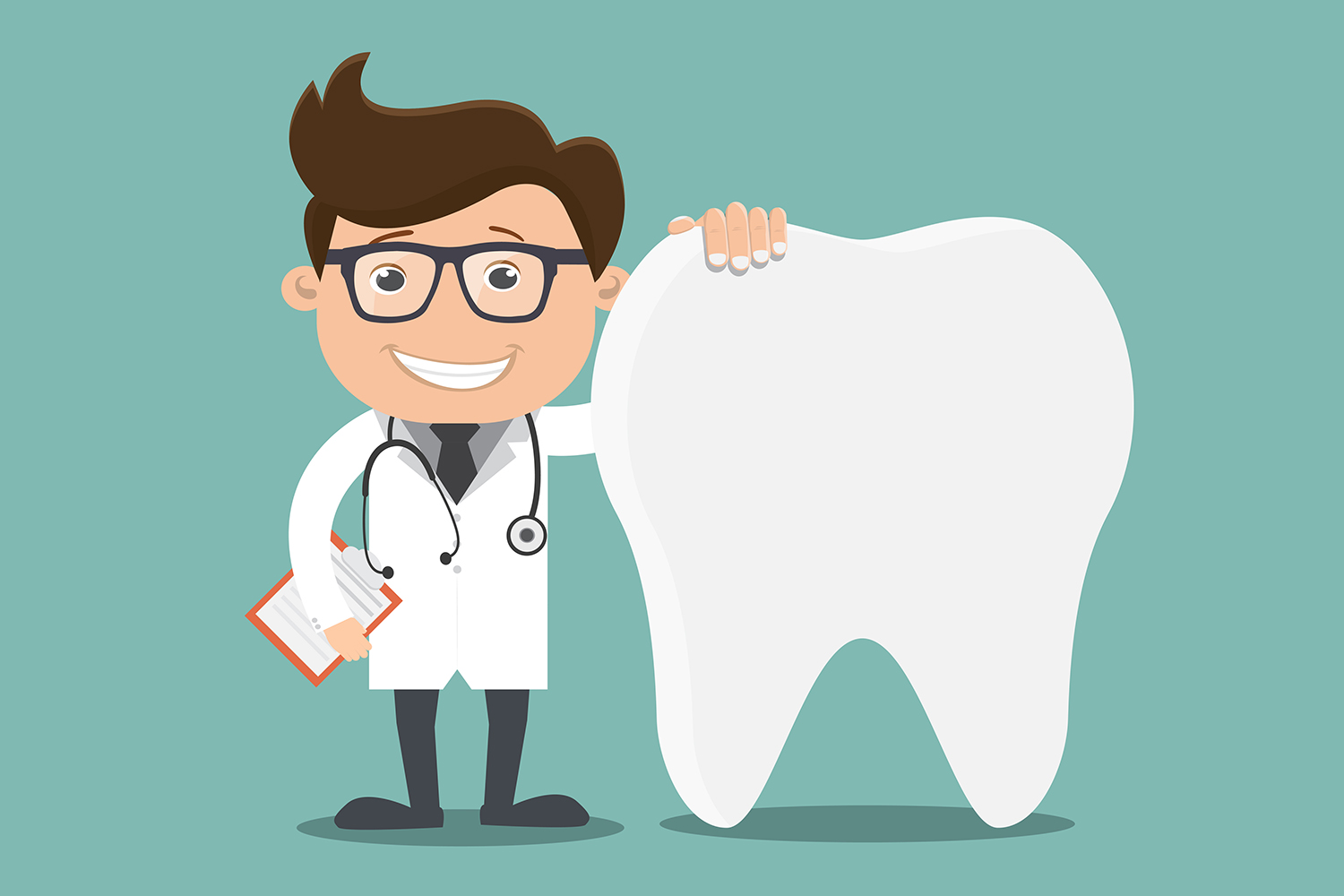Your Overview to Selecting the Right Dentist Eugene OR for Top Quality Service
Your Overview to Selecting the Right Dentist Eugene OR for Top Quality Service
Blog Article
Check Out the Series Of Dental Issues Dentists Generally Deal With
Dental professionals are entrusted with dealing with a wide spectrum of dental issues, each requiring specialized knowledge and strategies. From the prevalent problem of dental caries triggered by bacterial activity to the a lot more dangerous development of gum illness, oral experts should be experienced at early discovery and treatment. Tooth sensitivity, often resulting from used enamel, adds one more layer of intricacy, while the very early identification of oral cancer cells can be life-saving. Additionally, misaligned bites require tailored therapy plans to improve both functionality and appearances. What specific methods do dentists utilize to take care of these diverse difficulties properly?
Dental Caries and Dental Caries
Tooth cavities, also recognized as oral decays, are triggered by the demineralization of tooth enamel due to acid-producing bacteria in the mouth. If left unattended, dental caries can lead to considerable dental issues, consisting of infections and tooth loss.
To identify tooth cavities and tooth decay, dental practitioners utilize a mix of aesthetic evaluations, dental X-rays, and sometimes laser fluorescence tools. For more innovative decay, a dental expert might need to get rid of the endangered tissue and recover the tooth with fillings made from materials such as composite material, amalgam, or porcelain.
Precautionary measures are critical in combating dental caries and dental cavity. Regular dental exams, proper brushing and flossing methods, and a well balanced diet regimen low in sugary foods and beverages are basic techniques that sustain oral wellness and reduce the danger of cavities.
Periodontal Condition

This triggers the gum tissues to pull away from the teeth, producing pockets that end up being contaminated. As the body's immune system fights the germs, the bone and connective cells that hold teeth in place are damaged down.
Dentists diagnose gum disease through clinical evaluation and gum penetrating to gauge pocket midsts around the teeth. Treatment may involve scaling and origin planing to remove tartar and microorganisms from tooth surface areas and under the periodontals.

Tooth Level Of Sensitivity
Beyond gum tissue disease, another common dental problem that people regularly encounter is tooth sensitivity. Characterized by a sharp, transient pain in response to stimuli such as hot, cold, sweet, or acidic foods and beverages, tooth sensitivity can significantly impact a patient's quality of life.
Several elements contribute to the development of tooth sensitivity. Hostile cleaning, the usage of rough toothpaste, and the consumption of acidic foods and drinks can erode enamel. In addition, oral treatments, split teeth, and periodontal disease can expose the dentin. To mitigate tooth level of sensitivity, dentists might advise utilizing toothpaste formulated for sensitive teeth, fluoride therapies to enhance enamel, or dental bonding to cover exposed dentin. In extreme situations, more innovative therapies such as periodontal grafts or root canals may be essential.
Ultimately, resolving tooth level of sensitivity requires a thorough technique that consists of both safety nets and targeted treatments to reduce discomfort and safeguard the oral structures.
Dental Cancer
Dental cancer, a potentially deadly and major condition, commonly flies under the radar in regular oral care discussions. This kind of cancer can influence any type of part of the mouth, consisting of the lips, tongue, cheeks, flooring of the mouth, soft and hard tastes, sinuses, and throat. Early discovery is critical for successful therapy, yet many instances are identified at sophisticated stages as a result of subtle initial signs and symptoms.
Misaligned Bites
Misaligned attacks, likewise called malocclusions, are an usual dental issue that can considerably impact both dental wellness and general quality of life - dentists eugene. These conditions happen when the upper and reduced teeth do not line up appropriately, resulting in troubles in attacking, chewing, and also speaking. Malocclusions can be classified right into numerous types, including overbites, underbites, crossbites, and open attacks, each providing unique difficulties that need tailored therapy techniques
The sources of misaligned bites are diverse and can consist of genetic variables, very early loss of primary teeth, thumb sucking, and injuries to the jaw. Symptoms commonly include pain or discomfort in the jaw, constant biting of the internal cheeks, and an enhanced threat of dental cavity and gum tissue illness due to problem in preserving oral hygiene.
Orthodontists and dental professionals employ a series of interventions to attend to misaligned bites, from conventional dental braces and clear aligners to extra advanced operations in serious instances. Early diagnosis and therapy are critical to protect against complications such as temporomandibular joint (TMJ) he said problems and uncommon wear on teeth. Through detailed evaluation and customized treatment plans, oral experts play a critical duty in dealing with malocclusions and improving individuals' dental feature and looks.
Conclusion
Dental caries and tooth degeneration result from bacterial task that endangers tooth enamel, while gum tissue condition can escalate from gingivitis to serious gum problems. Tooth level of sensitivity involves discomfort from thermal stimulations, necessitating particular treatment.
To identify dental caries and tooth decay, dentists utilize a mix of visual exams, oral X-rays, and in some cases laser fluorescence tools.Beyond gum condition, one more usual oral issue that clients regularly encounter is tooth level of sensitivity. In addition, oral treatments, split teeth, and gum condition can check it out expose the dentin. To minimize tooth level of sensitivity, dental practitioners may suggest utilizing toothpaste created for delicate teeth, fluoride treatments to reinforce enamel, or dental bonding to cover exposed dentin. Tooth cavities and tooth degeneration result from microbial activity that jeopardizes tooth enamel, while gum disease can escalate from gingivitis to severe periodontal problems.
Report this page